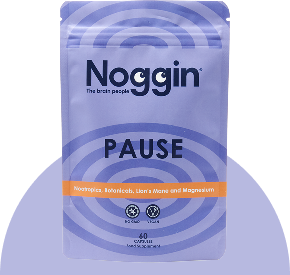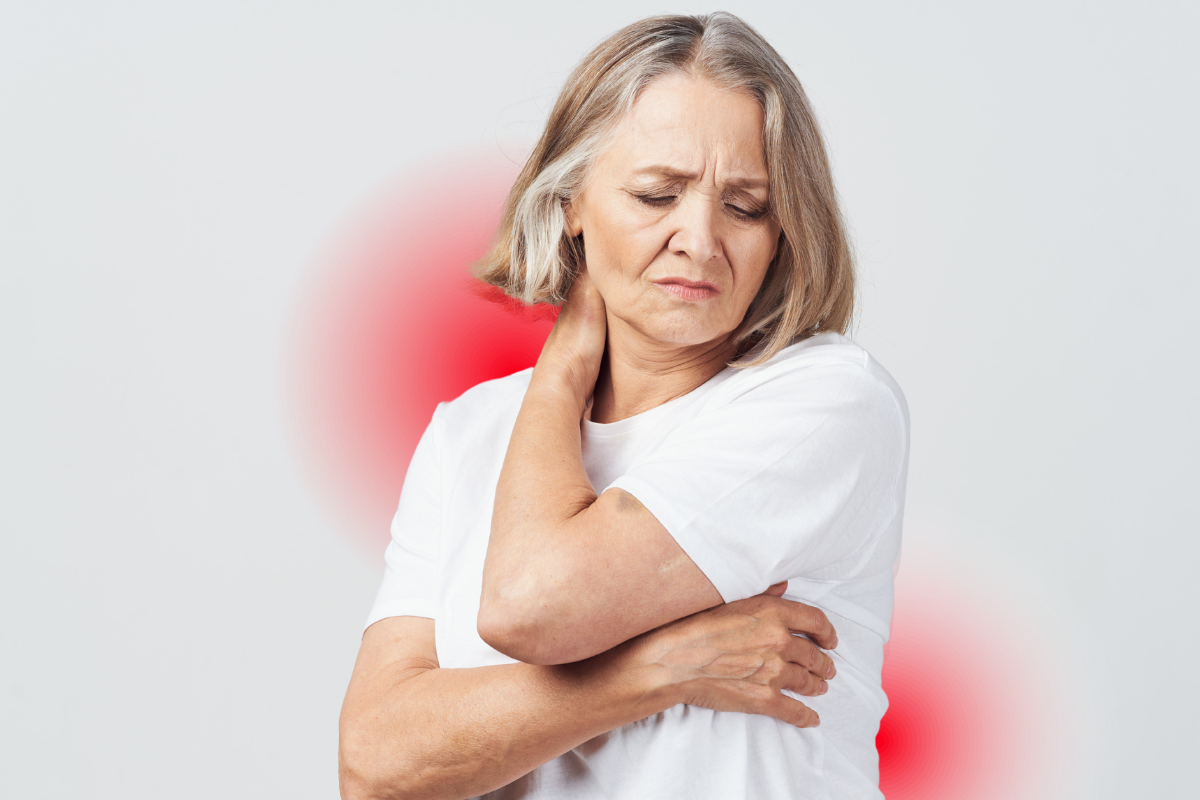But what’s less visible - and less often talked about - is how the pain we experience affects the brain and what the overall impact is on our noggin.
Why do women experience more pain than men?
Women are disproportionately affected by chronic pain conditions, and this isn’t simply down to hormones. Our immune systems are often more reactive, which increases inflammation, which is a known driver of pain. Hormones like oestrogen also influence how we process pain signals, sometimes amplifying our experience of discomfort depending on where we are in our cycle.
There’s also the issue of underdiagnosis and misdiagnosis. Many of us have had the unfortunate experience of being dismissed or told our symptoms are “just stress” or “in our heads.” That delay in being taken seriously allows conditions to progress unchecked, making pain more likely to become chronic.
How our brain responds to long-term pain
When pain becomes long-term, it doesn’t stay confined to one part of the body. Over time, the brain begins to adapt to the constant input of pain signals. Areas of the brain involved in memory, emotional regulation, and decision-making can actually start to change. This might look like brain fog, difficulty concentrating, mood swings, or a general sense of mental exhaustion.
These neurological changes are not a reflection of weakness or inability. They’re the brain’s attempt to cope with ongoing distress, and unfortunately, this adaptation can also heighten pain perception. This can create a vicious cycle that’s incredibly difficult to break without support.
The emotional toll of living with chronic pain
The mental and emotional impact of chronic pain can be just as heavy as the physical symptoms. Pain can interrupt sleep, make work more difficult, and put strain on our relationships. We may feel isolated, misunderstood, or frustrated with the lack of answers. It’s no wonder that depression and anxiety are so closely linked with chronic pain, especially in women who are juggling multiple roles and responsibilities.
There’s a strong feedback loop between mental health and pain. When we’re feeling emotionally low, our pain often feels worse. And when we’re in more pain, our mood naturally dips. It’s not about being negative or overly sensitive—it’s about living in a body that’s constantly under stress.
Finding a more compassionate approach to pain
Recognising that chronic pain affects both the body and brain can open up more supportive and holistic options for treatment. Things like cognitive behavioural therapy (CBT), trauma-informed counselling, mindfulness, and even gentle movement therapies can help the brain process pain differently. These approaches don’t claim to “cure” pain, but they can reduce its intensity and improve quality of life.
It’s also important that we, as women, are taken seriously when we talk about our pain. That starts with listening to ourselves and advocating for better care for our health by having more honest conversations about what living with chronic pain actually looks like.
You aren't alone
Living with chronic pain can feel isolating, but it doesn’t mean you are alone. Many women are walking this same path and fighting for answers, seeking understanding, and learning how to live fully, even with pain in the background.









